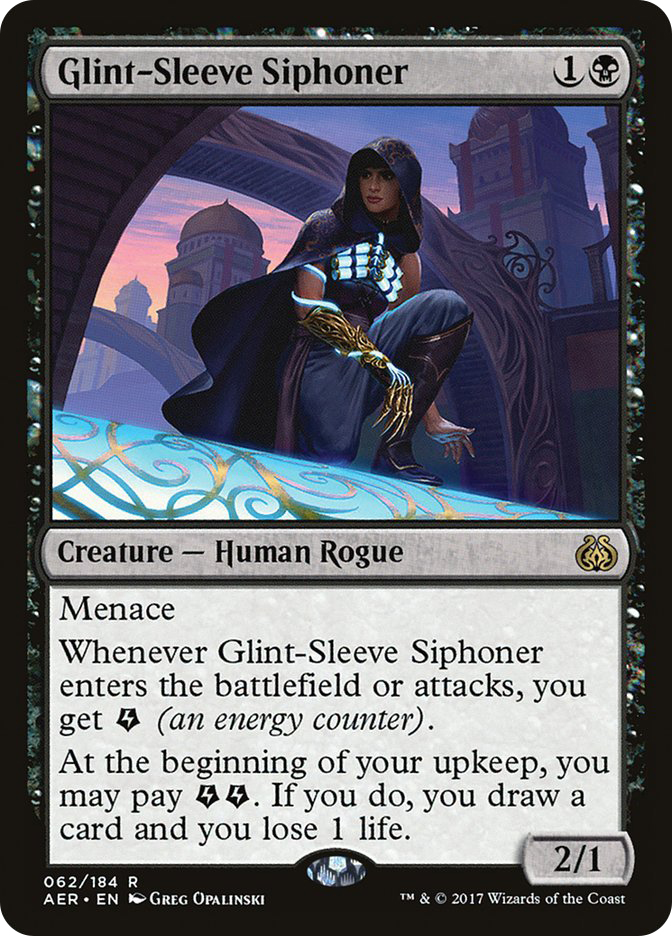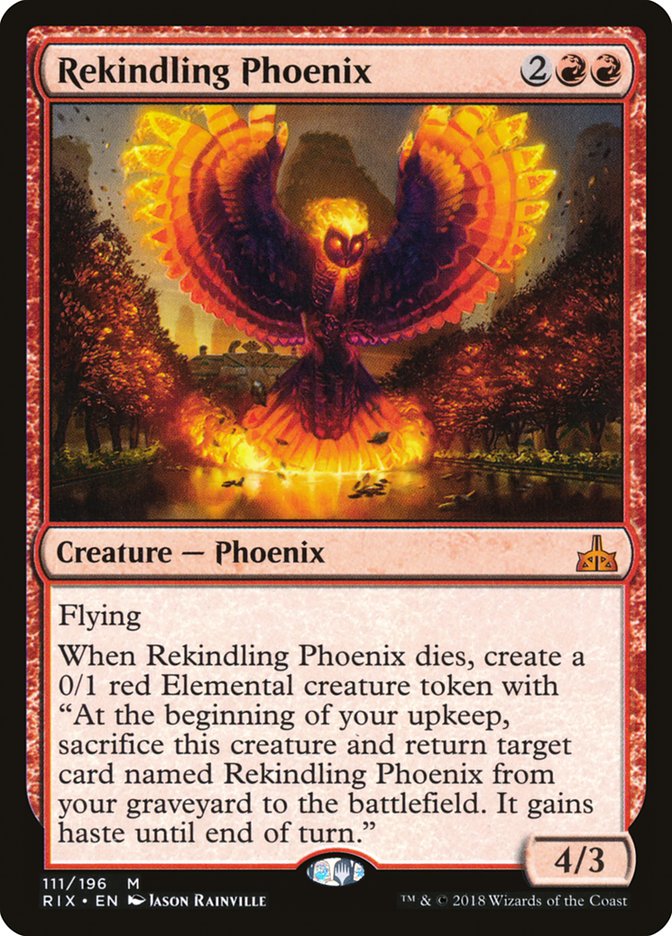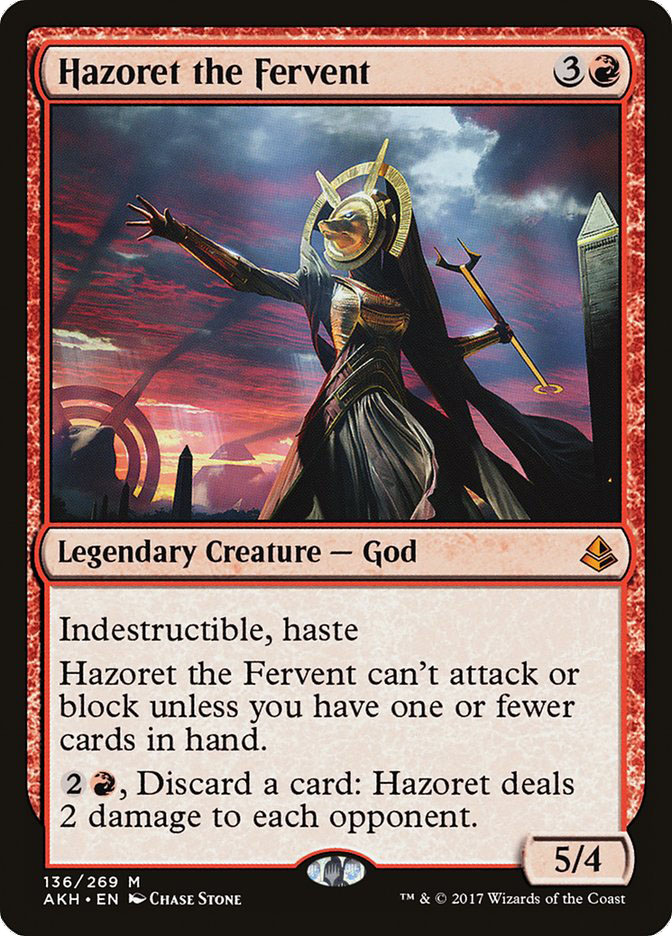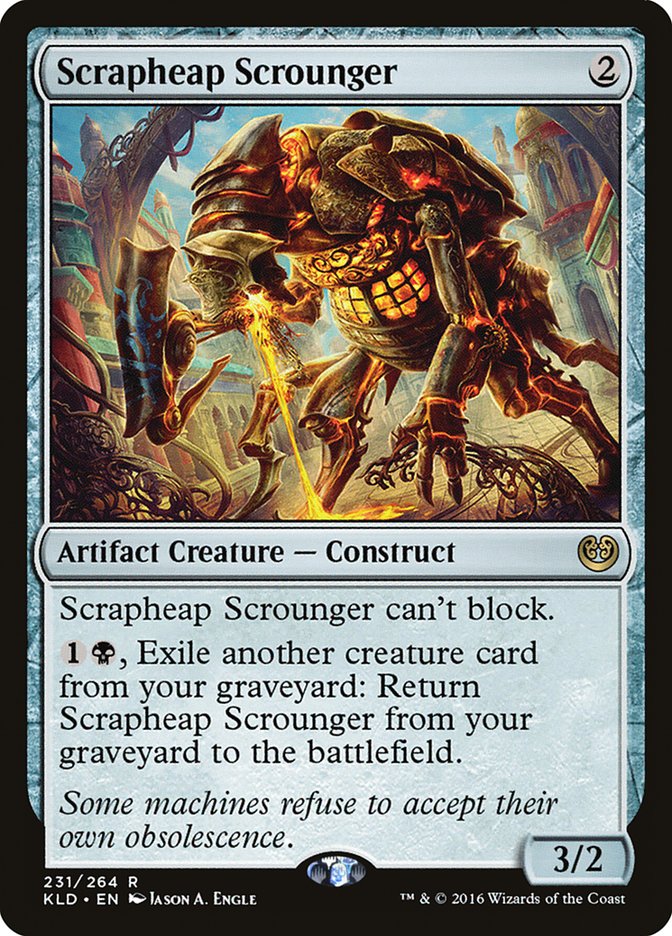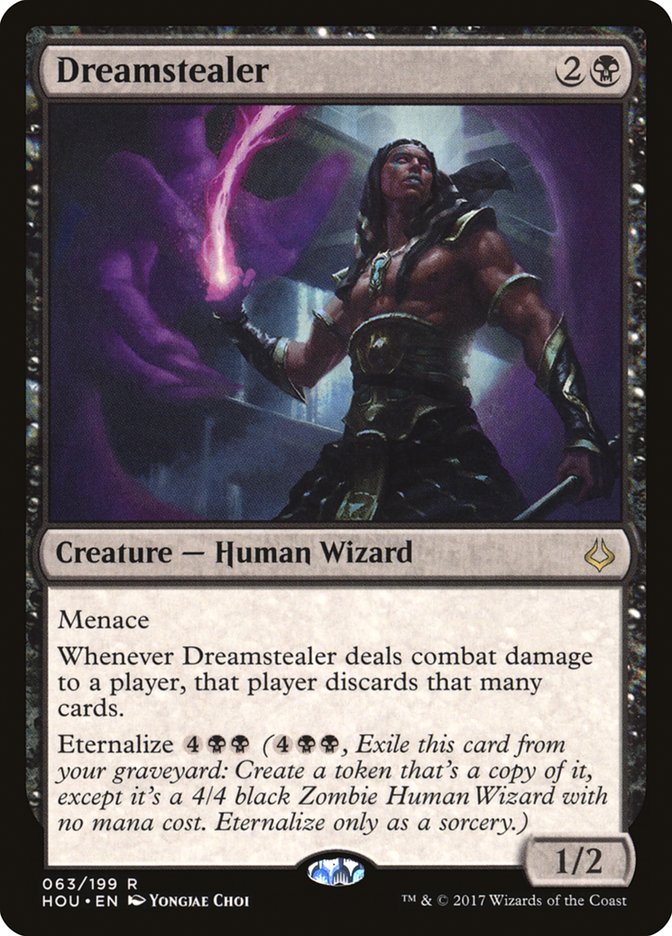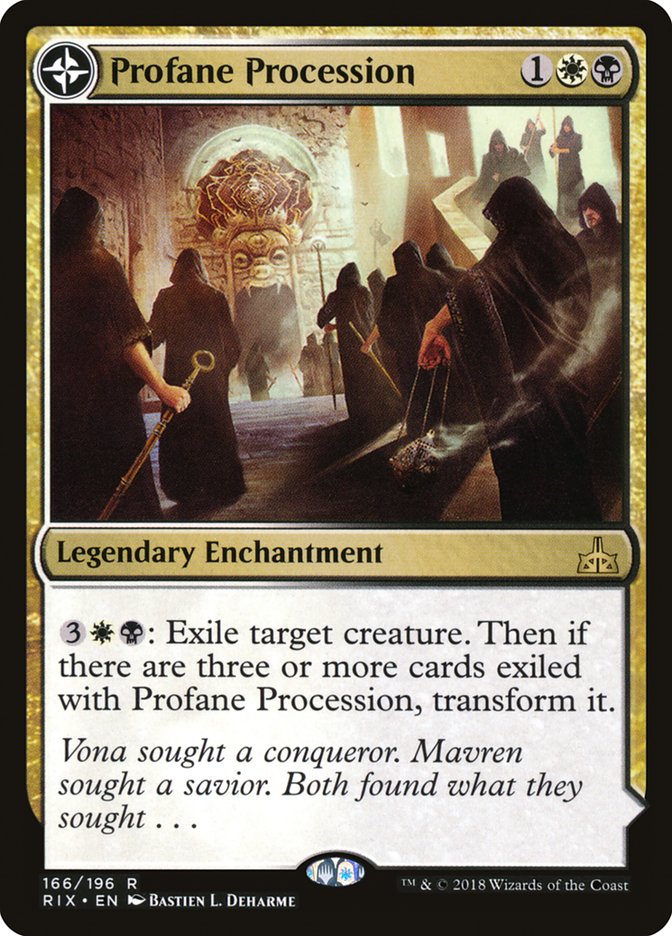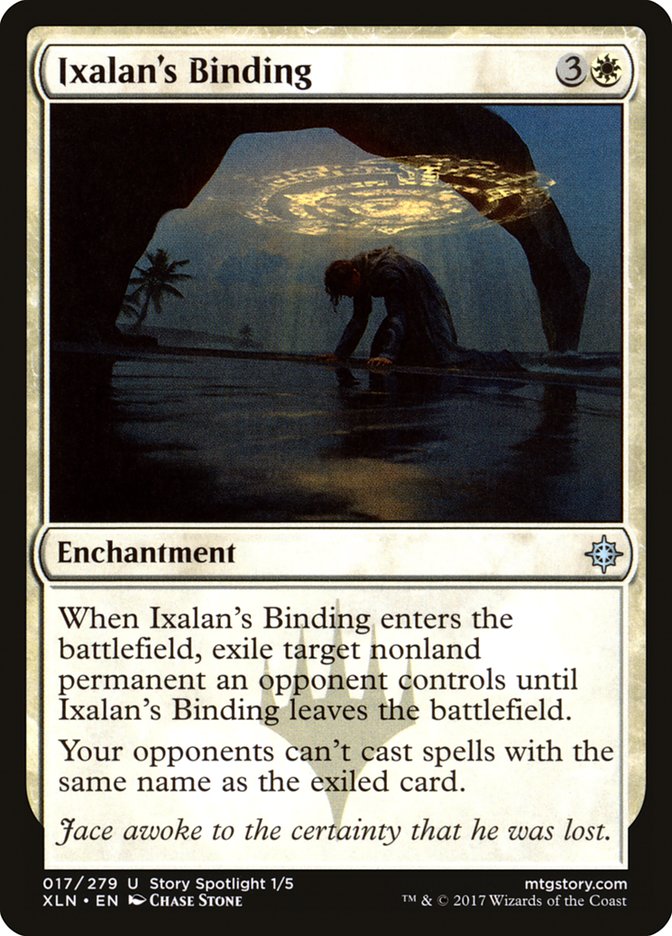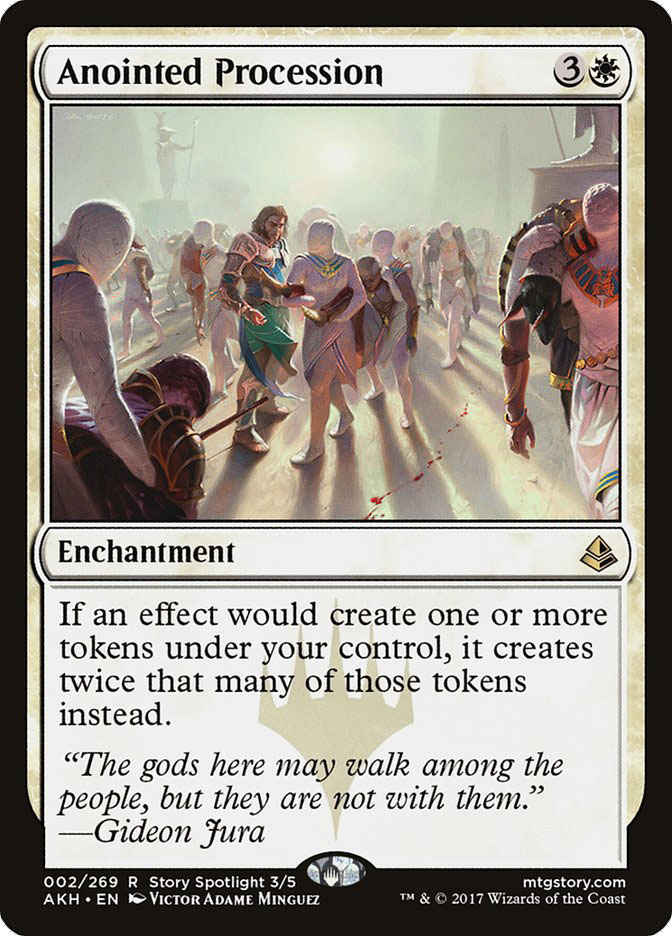It’s no secret that the best deck in Standard is Grixis Energy. With the power vacuum left by Temur Energy, it wasn’t too hard to see how a deck that mirrored that one could take up the mantle. While it’s sad to see that another Energy deck is still the best deck, without the nonsensical cards like Rogue Refiner and impossible-to-kill threats like Bristling Hydra, there isn’t as much stigma or annoyance attached to the deck as there once might have been.
For reference, this is the 75 I sleeved up just half an hour before the start of SCG Philly.
Creatures (18)
- 1 Torrential Gearhulk
- 4 Whirler Virtuoso
- 4 Glint-Sleeve Siphoner
- 3 Glorybringer
- 2 The Scarab God
- 4 Rekindling Phoenix
Planeswalkers (2)
Lands (25)
Spells (15)

We’ve seen these threats from Energy decks before, but usually out of Sultai Energy, which didn’t take full advantage of the two best Energy support cards, Harnessed Lightning (aka “Red Terminate”) and Glorybringer. With the desire to play green in Energy decks all but gone, it’s time we look to another color for the staying power this kind of deck needs, and black might just have the best threats now, with Glint-Sleeve Siphoner taking the Longtusk Cub role of a two-drop creature that can run away with the game if left unchecked, albeit in a different way.
While Longtusk Cub was merely an attacker with some snowball potential, Glint-Sleeve Siphoner runs away with the game as a card advantage engine, sometimes better than Dark Confidant would do, since you’re only losing one life per card (as opposed to the higher mana costs this deck supports). Glint-Sleeve Siphoner doesn’t need a whole lot to go along with it in the energy department, either. Some Aether Hubs and a few Harnessed Lightnings are all the deck needs to function with its energy theme.
The Scarab God has been format-defining since the rotation of Ulamog, the Ceasless Hunger. It’s the best late-game card in Standard, giving both control and midrange a way to ice the game almost instantly if left unanswered. I decided on playing only two of them because there can only be so many expensive cards in the deck and I still believe Glorybringer has a significant role to play, since so many people are prepared for The Scarab God now with Struggle // Survive and other cards targeted to fight the U/B God.
I took a note out of my G/R Monsters page and jammed the full four copies of Rekindling Phoenix into this deck as well, since my experience with the card is that it’s now the best aggressive threat for a non-one-drop aggro deck as well as the best control card for a midrange strategy in Standard. Immune to Fumigate and perfect at fighting other midrange threats like Glorybringer, Rekindling Phoenix has only begun to show us all the homes it can build its nest in, and I fully expect it to be a mainstay in the format for the coming year. All hail Lord Fire Chicken!
In all seriousness one thing that Rekindling Phoenix does particularly well is bite the Vraska’s Contempt bullet almost every time, clearing a path for The Scarab God to mop up and take the game.
Speaking of Vraska’s Contempt, it has to be the most important card in the format now and was really the selling point for me to audible away from G/R Monsters last weekend and jump on the Grixis train.
Some of the most-played (and hardest-to-deal-with) threats in this Standard format are either resilient to removal or have some built-in recursion, and the only card that’s up to the task of dealing with all of them is Vraska’s Contempt. While it’s to my utter disdain that such threats exist because it feels like we’ve been pigeonholed into playing specific colors if we want to fight these threats, we still have to fight the good fight. Ultimately, the ability to cast Vraska’s Contempt is what led me to play Grixis Energy and I don’t regret it a single bit.
The most controversial card I registered this weekend was one I’ve been advocating in this style of deck, as well as the Esper Gift variants in Standard, for a long time now: Dreamstealer. Originally I thought this card would make its way in Standard alongside Rishkar, Peema Renegade and Blossoming Defense to really exploit its ability to punish control decks and make them discard more than one card a turn. It turns out Dreamstealer is best paired with Negate, allowing you to fight Settle the Wreckage and Glimmer of Genius, which make discarding a card here and there significantly less effective.
One key proponent of the metagame I wanted to exploit at SCG Philadelphia is how many people were constructing their sideboards for the Grixis Energy mirror matches. A common line was to bring in a card like Search for Azcanta and increase the available copies of counterspells or Glimmer of Genius to out-card the opponent, since the main form of card advantage this deck usually leans on, Glint-Sleeve Siphoner, is far too fragile against a Grixis deck with all its removal.
That being said, with Fatal Push not cutting it against Dreamstealer and Vraska’s Contempt already being taxed to the max with Rekindling Phoenix and The Scarab God running around, Dreamstealer usually clears the way for your threats to get through, and you can easily out-card almost any opponent going late. It wreaks havoc on any Approach of the Second Sun deck, with them needing to interact as well as make land drops up to seven to win the game.
The rest of the deck is rounded out with a bunch of removal and two counterspells in Essence Scatter and Supreme Will, giving you some more flexible forms of interaction. I ran Chart a Course as a one-of in the deck because I didn’t want to only play 25 lands and rely on Glint-Sleeve Siphoner as my only card advantage engine, and I felt that 26 lands might be a hair too many. The deck probably wants 25.6 lands in it for color count, but some concessions must be made, since we don’t deal in fractional cards.
If I had another Standard event to play in this weekend, I’d likely register this.
Creatures (18)
- 1 Torrential Gearhulk
- 4 Whirler Virtuoso
- 4 Glint-Sleeve Siphoner
- 3 Glorybringer
- 2 The Scarab God
- 4 Rekindling Phoenix
Planeswalkers (2)
Lands (25)
Spells (15)
- 2 Magma Spray
- 1 Essence Scatter
- 3 Harnessed Lightning
- 2 Fatal Push
- 2 Abrade
- 1 Supreme Will
- 3 Vraska's Contempt
- 1 Chart a Course
Sideboard

No changes to the maindeck, since every card has its place in the Game 1 metagame, but the cards that I liked the least were Dire Fleet Daredevil, which never really pulled its weight, and Glimmer of Genius, which was just a throw-in card that occupies the already-cluttered four-drop slot in control matchups. I’d consider adding some of everyone’s favorite doggo, Ravenous Chupacabra, to the mix, since it fights the green midrange decks pretty well, killing large threats and maybe trading off with an early threat of chump blocking and buying time. Not much to say otherwise, as the deck is full of awesome threats and great answers.
Here’s a brief sideboard guide to a few of the more popular archetypes I played against this weekend.
Grixis Energy (The Mirror)
Out:
In:
It’s really a card advantage battle. You have plenty of removal left over to deal with Glint-Sleeve Siphoners and you just need to make sure you always have an answer to a copy of The Scarab God, so maxing out on answers is a nice way to do things. I don’t like Duress or Negate in the mirror because they’re weak topdecks and those cards often are irrelevant late in the game, since the best threats are creatures.
Mardu Vehicles and Mono-Red
Out:
In:
Before I cut the Dire Fleet Daredevil, I would also sideboard it in for these matchups, since a 2/1 with first strike was plenty fine at checking Scrapheap Scrounger or Bomat Courier. In that case, just cut the Essence Scatter, which is only now left in because it can potentially answer a Hazoret the Fervent on the cheap.
The name of the game here is removal. Just answer all the threats and eventually win with whatever is left over. You can still draw cards with Glint-Sleeve Siphoner, since they’re not burning you out, but also don’t be afraid to block a Veteran Motorist, Toolcraft Exemplar, or Bomat Courier with your menacing two-drop if need be!
G/B and Sultai Constrictor
Out:
In:
All in all, their deck is a worse version of yours unless they can get their synergies unlocked. Focus less on cards and just try to stay on pace with their creatures. The fact that you can kill more of their things should give you an edge, since you have Chandra, Torch of Defiance as well as better removal. Whirler Virtuoso isn’t great against Walking Ballista and Winding Constrictor while also being their best Ravenous Chupacabra target, so I’d just shave a few copies.
U/W Approach
Out:
In:
You’re running a card short of having a complete sideboard here, but I don’t mind the extra Vraska’s Contempt, since they generally sideboard in a creature plan or at least some number of Torrential Gearhulks here to catch people who’ve been living under a rock for a year off-guard. The plan is to stick a Glint-Sleeve Siphoner or Dreamstealer and protect it until you kill them. Your expensive threats are okay, but you should generally try to keep hands with some early aggression to put them on the back foot when trying to resolve their draw spells or Wrath effects.
***
One thing to take away from this whole thing is that Grixis Energy doesn’t really have all that many bad matchups. One could say that the deck is great because of that, but it’s easily exploitable. You’ll note that this deck has zero ways to answer enchantments, so fighting them with cards they can’t answer outside of holding up Negate is a good way to go about it.
Of all the cards in Standard, these are the two I’d least like to see in my opponent’s deck. Profane Procession can be lights-out against Grixis Energy all by itself, functioning as a triple Vraska’s Contempt in most cases as well as being able to mop up any number of tokens produced by The Scarab God without having to flip. This is a card I expect to crop up way more in the metagame if we see a repeat of Grixis Energy’s performance in the next team event.
Similarly, Ixalan’s Binding can be an absolute nightmare, doing the same thing that Profane Procession does but also dealing with Chandra, Torch of Defiance. If Grixis Energy is your enemy, arm yourself with these two powerful enchantments and be sure not to die to an early Glint-Sleeve Siphoner, and you’ll do just fine.
Since SCG Philadelphia, I’ve given some thought to this spicy meatball containing both powerhouse cards!
Creatures (7)
Planeswalkers (2)
Lands (23)
Spells (28)
- 3 Fatal Push
- 4 Renegade Map
- 4 Hidden Stockpile
- 4 Anointed Procession
- 2 Settle the Wreckage
- 3 Treasure Map
- 4 Ixalan's Binding
- 2 Baffling End
- 2 Profane Procession
Sideboard

I have a huge soft spot for Tendershoot Dryad and I can’t explain it. If it lives, then the game can snowball from there, especially alongside an Anointed Procession, but that’s unlikely with Tendershoot Dryad being a five-mana 2/2. It could easily be replaced with some other removal spells or sticky threats, but I’m a fan.
This deck fully tries to exploit Grixis Energy and its weakness to enchantments while having solid game against the aggressive decks in the format with the lifegain Anointer Priest provides. I wouldn’t be surprised to see more decks like this emerge to prey on Grixis Energy in the coming months, since they naturally have a solid matchup against the G/R Aggro decks we’ve seen (unless they’re packing Naturalizes aplenty).
All in all, I’ve been highly impressed with this Standard format and I’d say it’s far from solved. While the Pro Tour this weekend is Modern, I would have loved to see how all the pros would tackle such a diverse and fresh Standard metagame. As for me, I’m looking forward to the next Team Constructed event, where I’ll get to battle some more Standard, and maybe even an individual Standard Open in Season Two of the SCG Tour!


